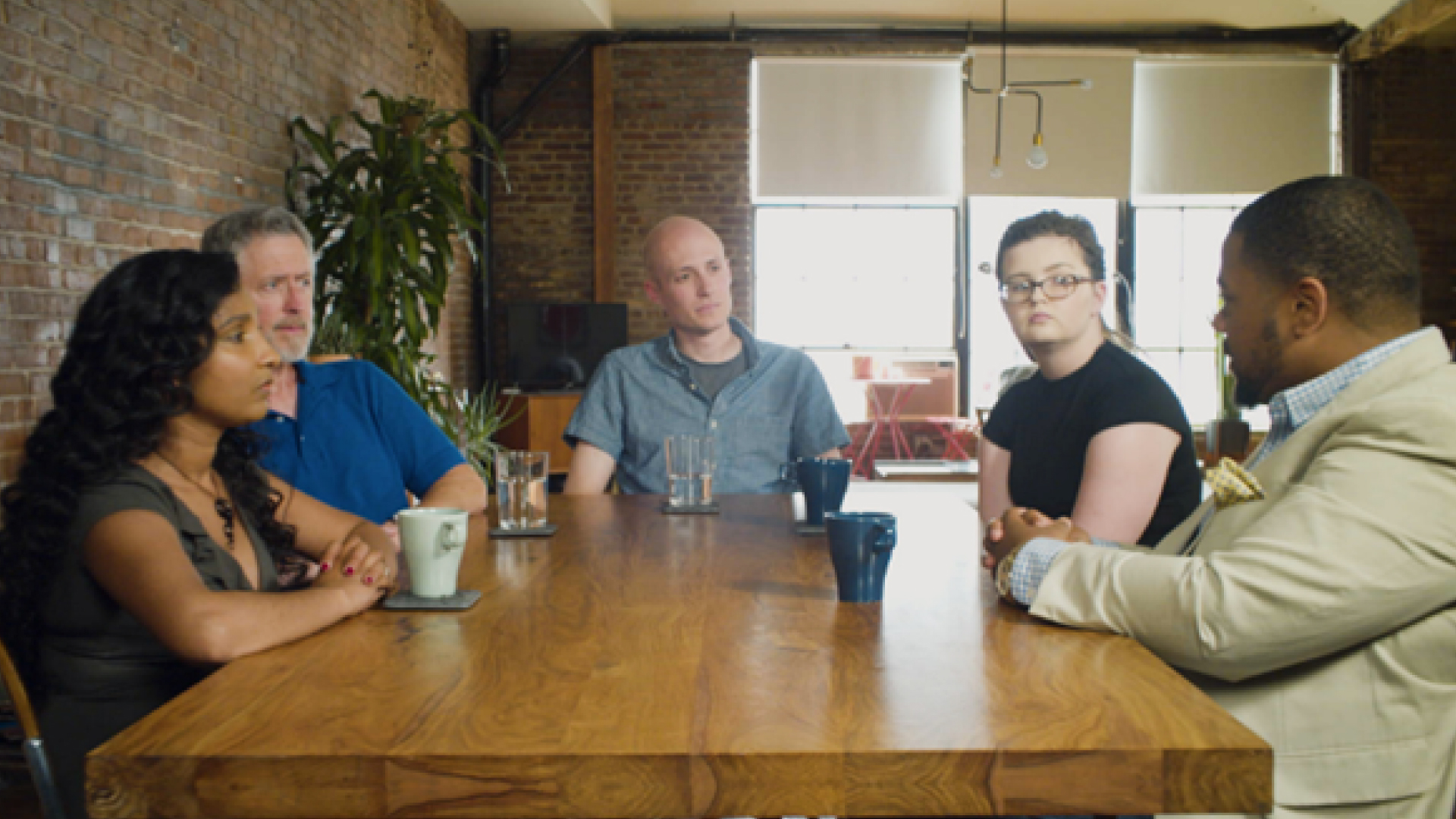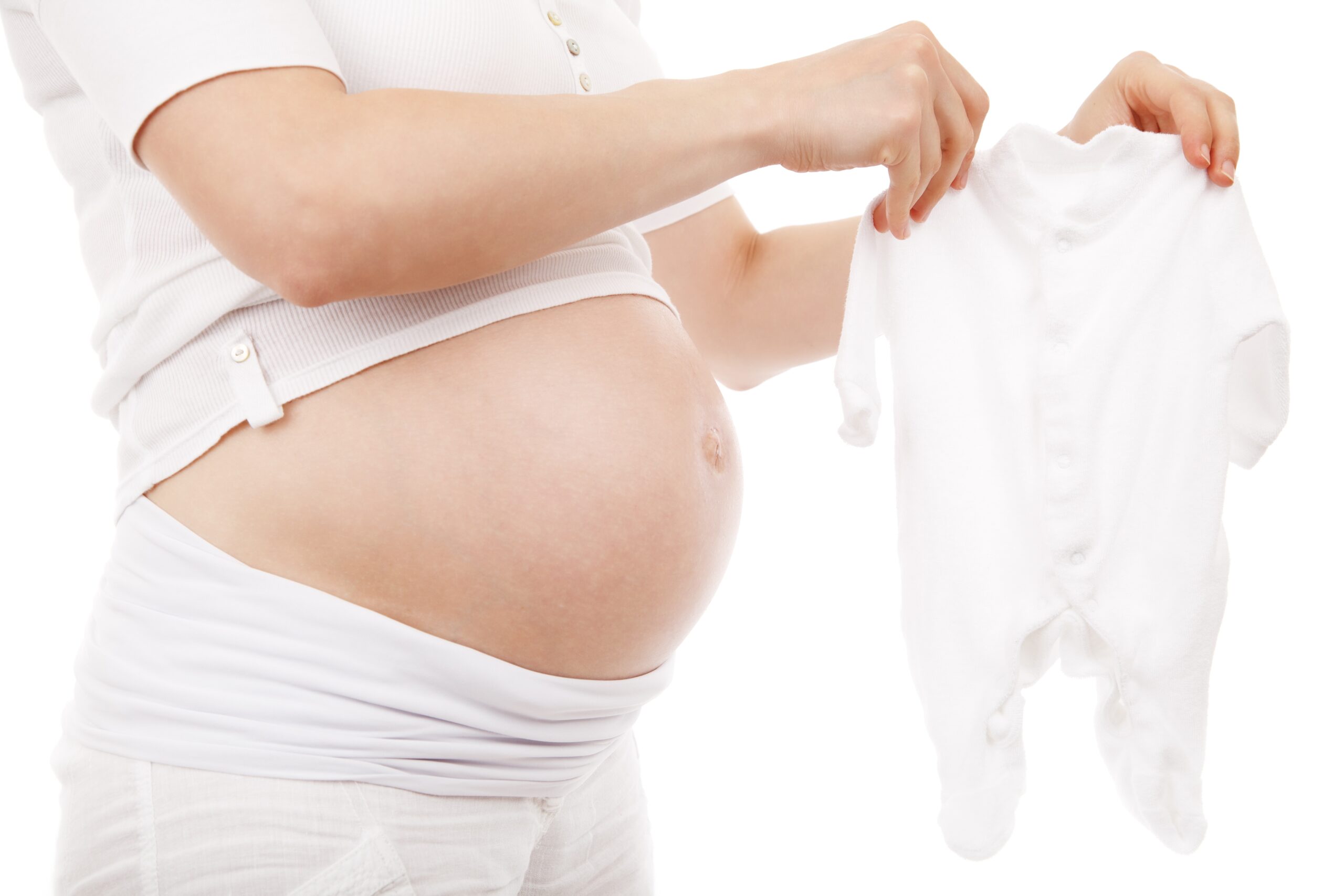In the patient community, personal stories from people who have faced a similar cancer diagnosis have the power to offer invaluable insights, support and connection to others who may be starting on this life-changing journey.
Over the last several years, Seagen heard from many people living with Hodgkin lymphoma who shared that they wanted to know more about what to expect after their diagnosis, including how to navigate making difficult treatment decisions and getting through their treatment. To meet that need, in 2018, Seagen created Hodgkin Hub – a dedicated online resource for people impacted by Hodgkin lymphoma seeking information and support before, during and following treatment.
Visitors to Hodgkin Hub can find information and resources about Hodgkin lymphoma, and also watch real patient videos, providing a chance to hear directly from others who have been diagnosed and learn how they navigated their own journeys.
Two highlighted video series includes:
The “Day in the Life” videos highlight individual perspectives from Hodgkin lymphoma survivors on their day-to-day experiences through diagnosis, treatment, and life after. Visitors can hear from:
Kyle: A member of the U.S. military, Kyle was diagnosed with Hodgkin lymphoma after returning from his deployment in Afghanistan. Watch here.
Piper: Diagnosed during her sophomore year of college, Piper learned the importance of self-advocacy and asking her doctor questions about her treatment to get the answers she needed. Watch here.
Liz: As a young adult, Liz was diagnosed just as she was starting college and leaned on her support system of her parents and brother to help her through her treatment experience. Watch here.
“What the HL?!” Survivor Stories
The What the HL?! videos feature Hodgkin lymphoma survivors who talk about the questions they asked (or wish they had asked) after diagnosis. Each provides their perspectives on navigating diagnosis, overcoming treatment challenges and finding support during life with Hodgkin lymphoma. Visitors can hear from:
Sarah: Diagnosed while still in high school, Sarah found it challenging to continue her education while going through treatment but kept a positive outlook. Watch here.
Bryan: Bryan was first diagnosed when he was in graduate school and working full time. His support system was there for him as he faced mental struggles and needed help as he prepared for treatment. Watch here.
Philomina: After being diagnosed with Hodgkin lymphoma, Philomina became an advocate for herself, researching her diagnosis and treatment options. She maintained a strong relationship with her oncologist by asking questions and requesting more information when she needed it. Watch here.
Visit HodgkinHub.com for more information and resources for the Hodgkin lymphoma community.
This post was presented by Seagen.











